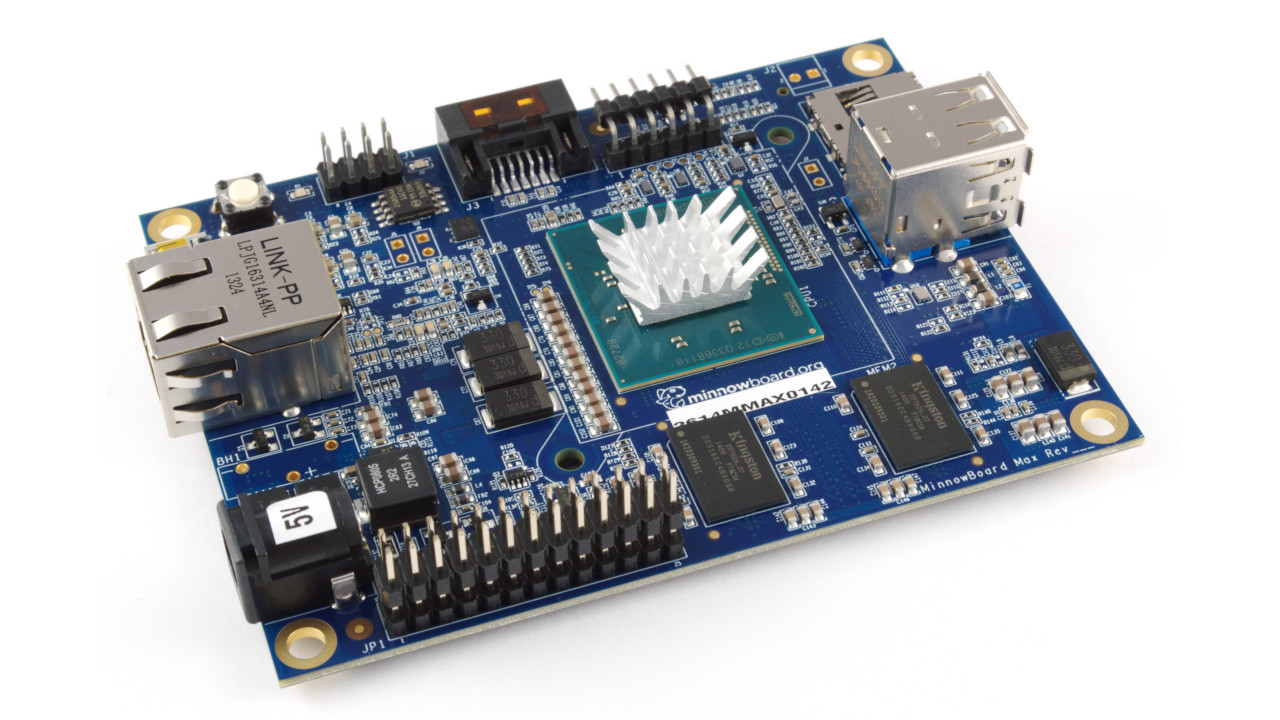Computing giant Intel has announced its continued support in favour of open firmwares, having recently announced the release of Intel Slim Bootloader for Internet of Things (IoT) devices ahead of the first Open Source Firmware Conference (OSFC) this week.
“The adoption of open source has had a significant impact on software development over the past few decades,” explains Intel’s Michael Greene. “As those principles influence overall platform design, Intel continues to expand the use of open source in platform firmware development. Events like the Open Source Firmware Conference (OSFC) allow Intel to engage with the community on a broad set of platform solutions.
“While most off-the-shelf platforms ship [with] UEFI [Unified Extensible Firmware Interface] to maximise compatibility, specialised platforms may launch their software payload with coreboot, LinuxBoot, or a custom bootloader for tighter integration. No matter the solution, Intel customers expect their silicon to be properly initialised and behave consistently across solutions. To provide this consistency, developers can integrate Intel Firmware Support Package (Intel FSP) into their bootloader to initialise Intel silicon. This royalty-free solution handles the processor, memory controller, and Intel chipset initialization functions not currently available in open source. Intel FSP uses a simplified licensing agreement, allowing redistribution as part of an open source project or commercial solution.
“Intel FSP is a key component of Intel Slim Bootloader,” Michael continues, “a new scalable firmware solution for Internet of Things (IoT) devices. Slim Bootloader, which brings simplicity, is ideal for integrated industrial IoT solutions and real-time operating systems (RTOS) with minimal firmware requirements.”
Intel will be presenting its open firmware efforts, including the Slim Bootloader, at the Open Source Firmware Conference today through to the 15th of September. More information is available on the event website, while Michael’s full post can be found on the Intel website.
